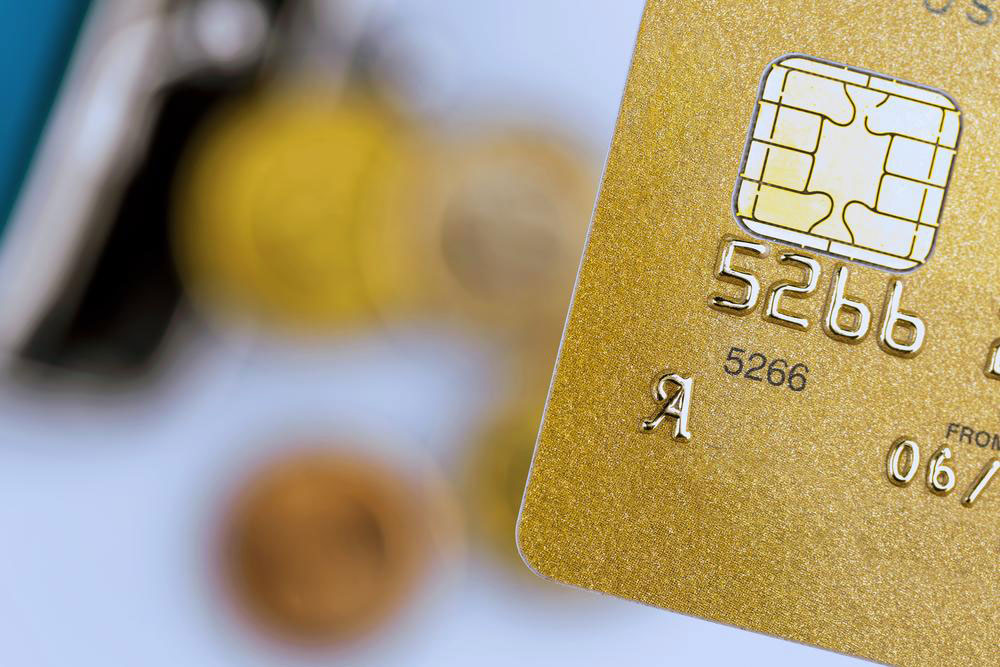Proven Techniques for Crafting an Effective Credit Dispute Letter
Learn comprehensive strategies for writing a compelling credit dispute letter to correct inaccuracies on your credit report. This guide covers customization tips, effective persistence, legal references, and when to consider legal action, ensuring consumers are equipped to safeguard their credit rights efficiently.

How to Craft a Persuasive and Effective Credit Dispute Letter
A meticulously written credit dispute letter is a fundamental tool in rectifying inaccuracies present on your credit report. Under federal law, credit bureaus are mandated to investigate and respond to disputes submitted through formal letters. While drafting such letters might seem intimidating at first, applying a few strategic approaches can markedly improve your chances of success. Personalization of your letter combined with the inclusion of comprehensive supporting documentation can significantly enhance your ability to correct errors swiftly and accurately, thereby improving your overall credit profile.
Avoid Using Generic Templates
Many individuals tend to rely on generic templates—either free online samples or paid formats—when composing credit dispute letters. However, credit bureaus are adept at recognizing boilerplate templates, which can undermine the credibility of your claim. Instead, it is much more effective to tailor your letter to reflect your specific circumstances and detailed information about the disputed items. Authenticity and detail will make your case more convincing and increase the likelihood of a favorable resolution. Think of your dispute letter as a formal claim similar to an insurance appeal—personalized evidence and a clear narrative are key to achieving the desired outcome.
Think Creatively and Persist in Your Efforts
The process of disputing credit report inaccuracies can be lengthy and sometimes discouraging, which might lead some consumers to abandon their efforts prematurely. However, persistence is crucial in resolving credit discrepancies. Focus on clearly identifying and correcting inaccuracies that could potentially adversely impact your credit score. Gather and submit all relevant supporting documents—such as bank statements, payment receipts, or correspondence—with your dispute letter. The more comprehensive your documentation, the stronger your case. Remember, if the credit bureau is unable to dispute the evidence you've provided, they are legally required to correct or remove the inaccurate information.
Understand and Utilize Legal Terms and References
Strengthening your dispute letter with pertinent legal terminology and references to applicable laws can significantly influence the outcome. Laws such as the Fair Credit Reporting Act (FCRA), the Fair Credit Billing Act (FCBA), and the Fair Debt Collection Practices Act (FDCPA) serve as the legal backbone for consumer rights in credit reporting and debt collection. Incorporating references to these statutes demonstrates your knowledge and seriousness about asserting your rights. This informed approach can prompt credit bureaus to expedite their investigation or correction process, knowing you are aware of your legal protections.
Legal Action as a Last Resort
If your dispute is ignored or the credit bureau refuses to amend inaccuracies after a reasonable investigation, you retain the right to pursue legal remedies. Filing a lawsuit in small claims court is an accessible and cost-effective option to seek justice and resolution. Litigation should generally be considered a fallback strategy, but it can be effective in cases where all other avenues have been exhausted. Document your efforts and keep detailed records of all correspondence and evidence—these will be essential if legal action becomes necessary.





